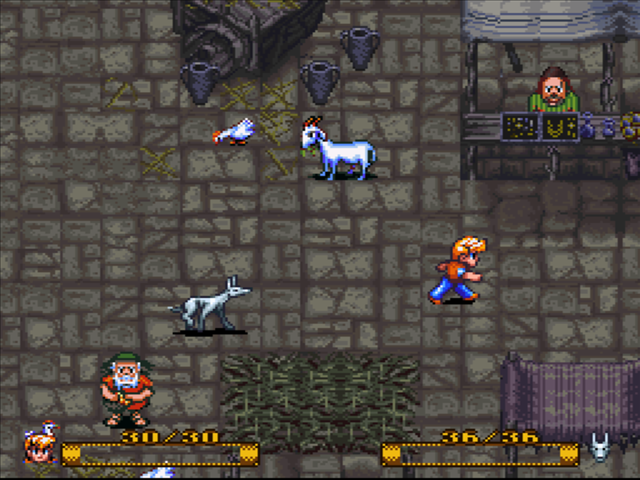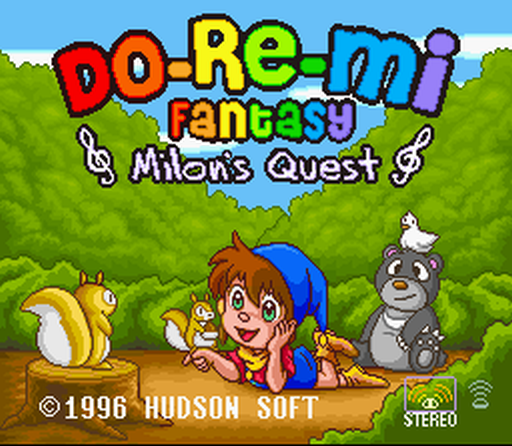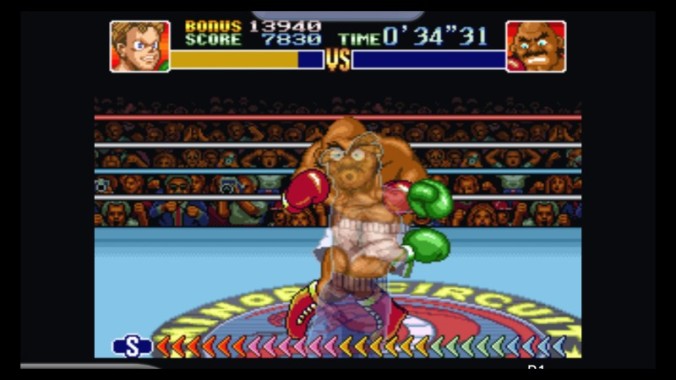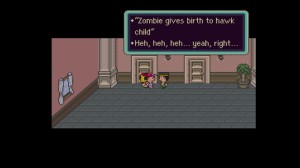I recently moved out of my hometown to attend law school. It was a pretty big upheaval in my normally boring life, packing up and relocating three hundred miles away. I don’t like change. Eager to embrace something familiar, I started up a play through of a comforting old game on my 3DS to unwind. The choice of game was an obvious one: Chrono Trigger. It is not only one of my all-time favorite games, but it is the perfect sort of breezy fun I was looking for. Plus, I know the game inside and out, having made a point of beating it every year for over a decade. Why, then, do I find myself wanting to burst into tears each time I flip open my 3DS and hear that sublime music?

all pics taken from vgmuseum.com
I first played Chrono Trigger back around 1997 or so. It wasn’t a new game at that point, though at that time I had little context for what was new or old. I was still looking for Final Fantasy 2 when I saw my friend playing Final Fantasy 3. Before I bought the system, all of my knowledge of SNES games came from what I saw at that friend’s house. As I was still uncovering the mysteries of the original Final Fantasy, he showed me the path those games had taken in the next generation. We dabbled in Final Fantasy 3 and Earthbound and Breath of Fire in his tiny gaming room. Unfortunately, most of those games take too long to beat in a few sittings, but I still learned how much I wanted to experience them.

Once I finally bought an SNES, I still had to get the games. I can remember my younger brother and me pooling our money on the family’s rare trips to the city, begging our parents to take us to the game store that just happened to be next to our usual shoe store. They had the games on my list, those mentioned about, but at a dear price. For a used, unboxed copy of Chrono Trigger, my brother and I paid almost $70. And we were glad to do it, based only on playing the opening.

My brother and I did a lot together. He is barely a year younger than me and though I would never have called him such, he was probably my best friend growing up. We were close in age and shared a lot of interests, with SNES rpgs definitely among them. To make room for younger siblings in our always too small house, our bedroom was moved to basement. The concrete floored, concrete walled, spider filled basement. We each had a bed, we had a beaten down old couch and we had a TV. Together we spent a lot of blistering summer days hiding in that basement getting as much 16-bit goodness as we could. Together we plumbed the depths that Chrono Trigger had to offer.
We didn’t just take turns playing; we wanted to know everything about that game. And there is a lot to explore there. We would bike to the library to use their dial-up internet, limited to one hour a day, to find and print FAQs and Guides. Pages of those guides are still at my parents’ house, crumpled and well read. That summer we spent a couple weeks in Indiana visiting relatives. We brought the SNES and Chrono Trigger. That is not to say that is the only game we devoted our time to. We also had Mega Man X and Final Fantasy 3 and Super Mario World. But as good as all of those games are, they weren’t THE game.

Chrono Trigger is a perfect game. There aren’t many games I would make that claim about. Even games I love, like Super Mario Galaxy and Mega Man 3, have identifiable flaws. Super Mario Galaxy has some awkward motion control stages and occasionally its weird physics force some weirdness with the camera, though that is less frequent than awe-inspiring joy. Mega Man 3 has noticeable s l o w d o w n and the Doc Robot stages are better in theory than execution. However, I can think of nothing about Chrono Trigger that could be improved. I honestly believe that. The music is excellent, no SNES game looks better, it moves at a snappy pace and is perfectly balanced. It does everything right. I have loved it since I first played it.
All those memories of enjoying this game over the years simply bring sharply to mind how long ago those days actually are.

My brother and I are still close; though not geographically close now that I have moved. Before the move we saw each other at least once a week. And we were always there if wanted to do more. The days where the two of us would bunker down on a ratty couch for three or four hours of time traveling adventures are long past. They have been for some time and it is just dawning on me now that those times will never come again. And that is okay. He’s married and has two kids. Not too long ago he asked me to get some game from PSN for him to play with his older son on our old PSP. Among the games he wanted was Chrono Trigger. Quibbles about the quality of the PS1 port aside, I thought it was the best thing. My brother and I may never sit side by side on a couch, playing a game together into the small hours of the night, but we might find time to do that with our children and then they will have those experiences too.



















































